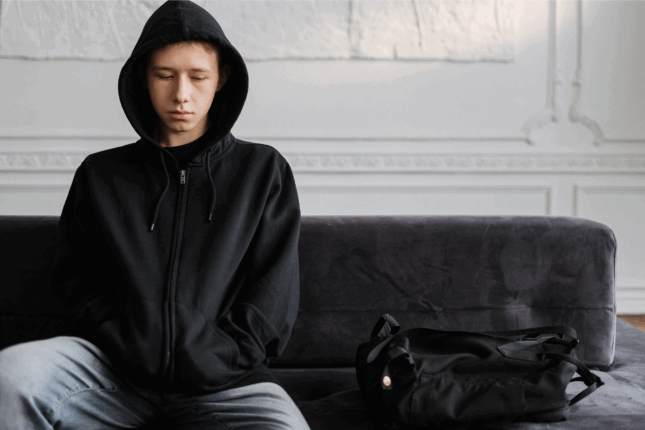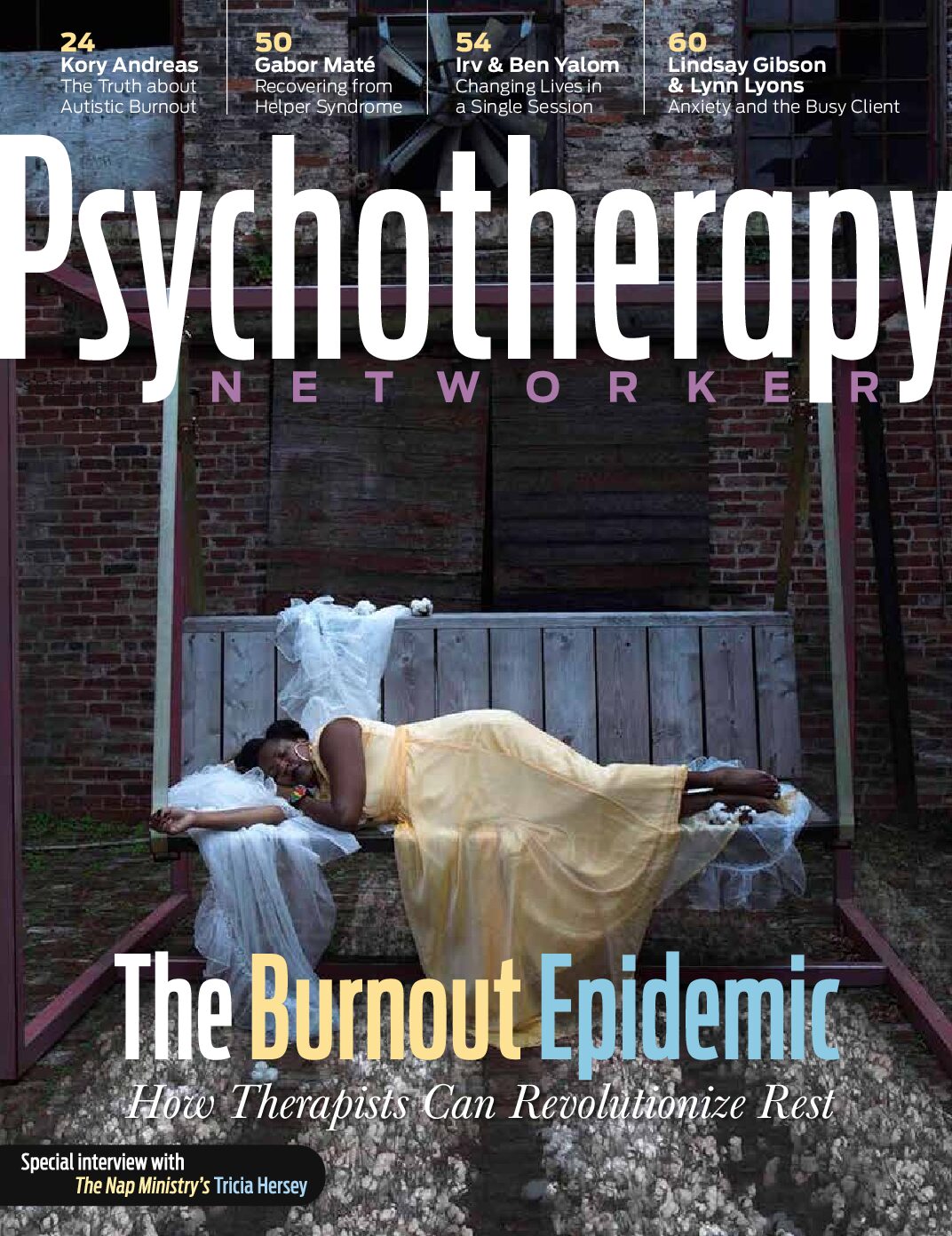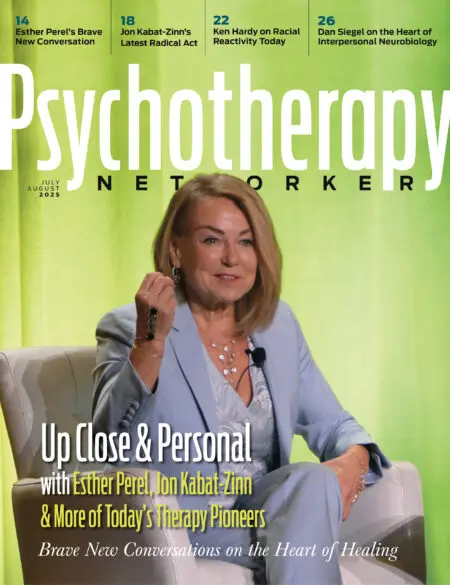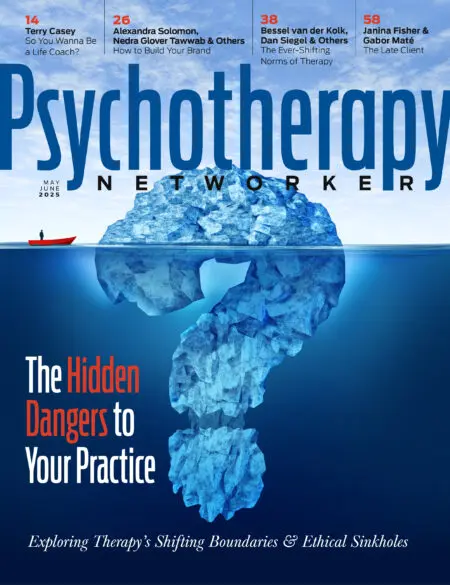The first time I met Carson, he was buried in a gray hoodie, eyes half-shut from the heavy hand of his medication cocktail. A support staff leaned in to whisper, “He might not say much. He’s usually either sleeping or checked out.”
I sat beside him on the floor—close, but not too close—and said something simple like, “You don’t have to talk. I’m just here.”
He looked at me, expression vacant, and mumbled, “It doesn’t matter, go away.”
It was barely audible. But it mattered.
That moment was the beginning of a journey that would forever change the way I understand suicidality—not as a crisis, but as a chronic condition. Not as something to eliminate, but something to understand. Carson wasn’t a crisis waiting to happen. He was a child living in a constant state of emotional threat, misunderstood by systems and buried beneath the wrong labels and meds.
And our job wasn’t to save him. It was to see him.
The Misdiagnosis of a Life
When Carson arrived in his last residential facility, he came with a file thick enough to flatten a small tree. The diagnosis section looked odd but had followed him for years. Each entry came with its own medication. Antipsychotics. Mood stabilizers. PRNs, to be used when needed for agitation and insomnia. Some were redundant. Some contradicted each other. All of them dulled him into a trance. I took Carson’s case on after he had been in the facility for several months because his previous therapist was leaving the organization, and they wanted someone with expertise in his symptomology to help.
The first few weeks of therapy were… quiet. Carson didn’t speak. He groaned. He slept. He ignored my existence.
And the records didn’t match the kid. Something felt off. There were flickers of intelligence behind the fog. Glimmers of social interest. A complexity that wasn’t captured in the notes that described him as “dangerous,” “manipulative,” and “noncompliant.”
One day, during a routine consultation in my office with Carson’s parents, I asked his mom what he was like as a boy—before the chaos. She teared up and gave me so many details of this smart, sensitive kid who had a favorite stuffed animal that as a teenager, he still kept.
That detail stuck. It was one of many pieces that didn’t fit the current puzzle but seemed critical.
I recommended a full psychological evaluation. I shared my observations with both parents—how what I was seeing didn’t align with the clinical picture he’d been painted into. And when the results came back, they hit like a tidal wave.
Autism Spectrum Disorder. Level 1. High functioning. Undiagnosed until age 16.
When I read the report, something in my chest tightened. It wasn’t just the numbers or the diagnostic language, it was the quiet, aching pattern that showed through between the lines. Soon after, I sat down with his parents to share what I’d uncovered. The moment I finished, his mother began to cry. Silent at first, then with a kind of grief that had been waiting many years to be named. Everything shifted in that moment. Not because we had all the answers, but because for the first time, Carson’s parents felt seen.
When Crisis Isn’t Crisis
What we’d been calling “manipulative outbursts” were meltdowns tied to sensory overload. What we’d labeled “oppositional behavior” was actually a trauma response from years of being misunderstood. What we saw as suicidal threats were not cries for help but expressions of internal overwhelm. Often, they weren’t indicators of a desire to die but of an inability to cope with the sensory and emotional chaos around him.
Carson wasn’t in an acute suicidal crisis. He was living with what I’ve come to call baseline suicidality—a persistent, underlying ambivalence about living that existed not because he wanted to die, but because life simply felt too hard to manage in his body, brain, and environment. He wasn’t impulsively unsafe. He was chronically exhausted. And our clinical model had been trying to extinguish a fire that wasn’t actually a fire—it was just the temperature of the room.
Human Before Risk
We began the long, messy process of titrating down Carson’s medications. It wasn’t a decision we made lightly. The psychiatrist was on board, the school team prepared, and most importantly—Carson and his parents were with us every step. We didn’t rush. We watched with the kind of careful attention usually reserved for miracles. Each taper wasn’t just about symptom management—it was about space. We were making room. Not for chaos, but for something far more powerful: for Carson.
The first time his eyes lit up during a session—really lit up—his mother covered her mouth, tears brimming. His father leaned forward, as if afraid the moment might vanish if he moved too quickly. I felt it too, that electric pulse of recognition. He was still in there. What we were hoping to see wasn’t a perfect child or even an easy one. We were hoping to see him. His preferences. His quirks. His voice. We were hoping for emergence. And slowly, he began to arrive.
I implemented what I called a Baseline Understanding Plan (BUP). A BUP is a treatment planning tool that is designed not just to respond to crisis, but to understand the whole child. Unlike traditional behavior support plans that activate once a youth is in distress, the BUP focuses on identifying what baseline functioning looks like for that specific youth, even if that includes behaviors like withdrawal, passivity, or flat affect. Instead of a traditional behavior support plan that only kicked in when Carson was in “crisis,” the purpose of this plan was to help the team identify what “normal” functioning looked like for Carson (even if it included passive suicidal talk), what signs indicated escalation toward actual risk for him, and what interventions worked to soothe him that didn’t rely on physical containment or medication.
We created almost our own language that was unique to him because feeling emotions were not something he was used to and that made talking about them uncomfortable and awkward for him. We didn’t label him as angry, sad, or other feeling states, we spoke in a language that met him where he was. His version of “safe” still included some intrusive thoughts. That was important. His “safe” wasn’t the same as another child’s.
We trained staff to stop asking “How do you feel? Are you angry?” in a clinical tone and start asking, “What’s the volume in your head today?” This small change allowed Carson to talk about his experience without fear of being immediately placed on constant observation. We moved away from the binary of “safe or unsafe” and stepped into a spectrum of emotional tolerability. And in doing so, Carson finally began feeling like he had some agency.
Trusting the Process
It wasn’t all smooth. A few months into our work, after a hard family therapy session on grief, Carson ran from the room, slammed a door, and screamed, “I’m done with this life, no one will care! They don’t care!”
The staff froze. Old habits kicked in. They called for assistance. I gave him his space, because I believed in that moment it was most important for him to feel the emotions he was currently experiencing. I found him an hour later, curled up and crying on his bed, with his hoodie strings pulled tight.
“You said they’d understand,” he whispered. “But they didn’t.”
That moment gutted me. Because he was right. Our systems are wired to panic. And we had panicked at the first opportunity of him being expressive.
I brought the team together. We reviewed the situation, not to assign blame, but to recalibrate. Carson had screamed, “I’m done with this life!” and it rattled everyone. The team had responded with panic, thinking it was an immediate suicide risk. But when we stepped back, we realized the true trigger wasn’t a desire to die, it was his desperation to be understood, his frustration boiling over after being repeatedly redirected without being heard.
We updated his plan again. We named the real trigger: feeling dismissed and emotionally cornered. And we made a commitment, no more punishment for expression. Only redirection grounded in empathy, curiosity, and connection. Because sometimes, a child isn’t trying to end their life. They’re trying to end the loneliness in it.
Family, Freedom, and Flourishing
Over the next few months, Carson began to wake up. Not just physically but emotionally. The emergence was underway.
He started asking questions. He initiated games. He asked to help decorate the therapy room for the holidays. He wrote a poem about what it feels like to live in a body that doesn’t match the world. He shared that he wanted to try medication again—but only one, and only after reading the label.
His family work flourished. His parents were committed and were willing to read all the articles on emotional validation, autism, and trauma-responsive parenting, and do just as much work as their son.
We kept working from the same framework: support the baseline. Honor it. Understand it. Don’t panic when old language resurfaces. Instead, anchor yourself in connection.
We celebrated subtle victories. Not just the absence of any incidents but the presence of things like Carson advocating for a break instead of fleeing the room, Carson naming his internal state without shame.
By the time he was discharged, Carson was primarily taking vitamins, attending school full-time, and—his words—“not so scared of myself anymore.”
What Carson Taught Me
I’ve worked with hundreds of kids in residential care. But Carson changed the way I practice. He showed me that suicidality isn’t always a scream. Sometimes it’s a whisper, a hum, the static underneath the skin. And if we only train ourselves to react to fire, we’ll miss the people who are quietly drowning in plain sight.
He taught me that what’s “normal” for one child might be a red flag for another—and vice versa. Neurodivergent kids are especially vulnerable to being misdiagnosed, overmedicated, and misunderstood. The greatest intervention we can offer isn’t a protocol—it’s a pause. A pause to ask not, What’s wrong with you? but What happened to you? and What’s it like to be you?
***
Baseline suicidality won’t show up neatly on your risk scales. It won’t always trigger your alarms. But if we listen closely, it speaks. It says, “Help me stay, even when I don’t know why I should.”
Carson is thriving now. So is his family. He still has hard days. He still has maladaptive thoughts. But he also has tools, language, autonomy, and trust. And that trust didn’t come from saving him. It came from sitting with him, even in the storm, and believing that the storm didn’t define him. And he just recently successfully graduated from high school!
Sometimes healing doesn’t look like “all better.” Sometimes it looks like real. And Carson reminded me that real is enough.
Shyanne Anthony
Shyanne Anthony, PhD, is a licensed clinician and suicidologist who leads one of Missouri’s most innovative pediatric residential treatment programs. She specializes in working with complex youth and advocating for system-level changes in how we understand and respond to chronic suicidality.












